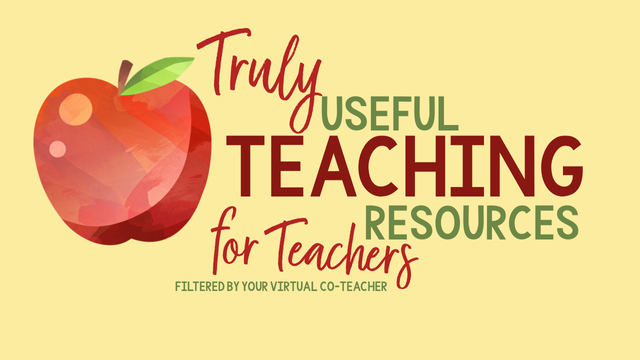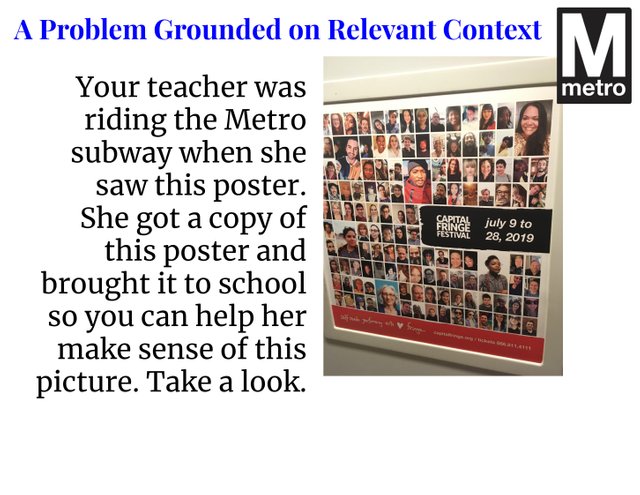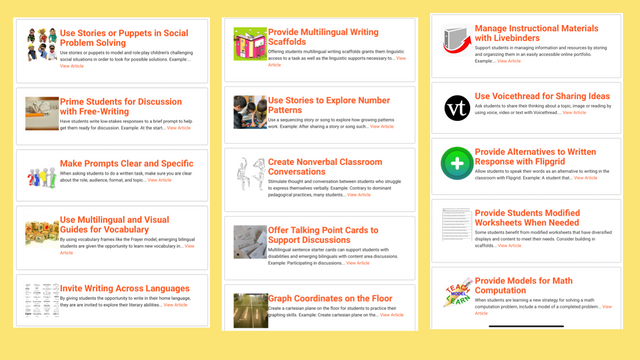Truly Useful Teaching Resources from your Virtual Co-Teacher

As I mentioned in my other post, I attended the Georgetown University Course on Mind, Math and Multiliteracies last summer. There were so many great resources from that course I just have to share it. Here they are by topic.
Universal Learning Design or UDL
If you are a teacher, you would have here of UDL. But did you know that there is a very useful UDL site called UDL for Teachers. First, it explains it in bitesize videos. They even divided the resources based on the UDL 3 Principles and 9 Guidelines. And—this is the best for busy teachers—-they gave specific examples, lessons and further links under each guideline!
For example, UDL Guideline Number 5 is all about “providing options for communication and expression.” This link not only explains what this guideline is. It gives examples on how to do it. A teacher like me will really enjoy digging this site! Below are just some of the useful resources for UDL Guideline Number 5:
Growth Mindset as Applied to Math
I never heard of Jo Boaler before but after reading her book, Mathematical Mindsets I’m hooked! She used research on brain growth and connected it to teaching and learning Math. Then she promoted the use of Math Tasks where all students of diverse levels get to work on the same project. This is so cool especially for SPED teachers like me! Below is a sample of what you will get for free in her site which can be searched by grade level or topic.
Integrating SEL and Equity to all Subjects
We were asked to figure out a way to integrate Social-Emotional Learning to different subjects and it was surprisingly easy to do once we expanded our perspective. Below is a task I made to teach Descriptive Statistics that integrated Equity.

Actually, I was riding a train when I saw this poster. Perfect! It can be used for a HS statistics project and at the same time, it can spark discussion on race, equity (why do others have bigger pictures than the others) or can simply be used as an entry point for students who are in the lower spectrum---they can start by sorting or classifying.
In the end, it is all about changing the what we teach to integrate other topics that will challenge our students with diverse abilities and needs.
Do you agree with me that these resources are truly useful in our present teaching context?
